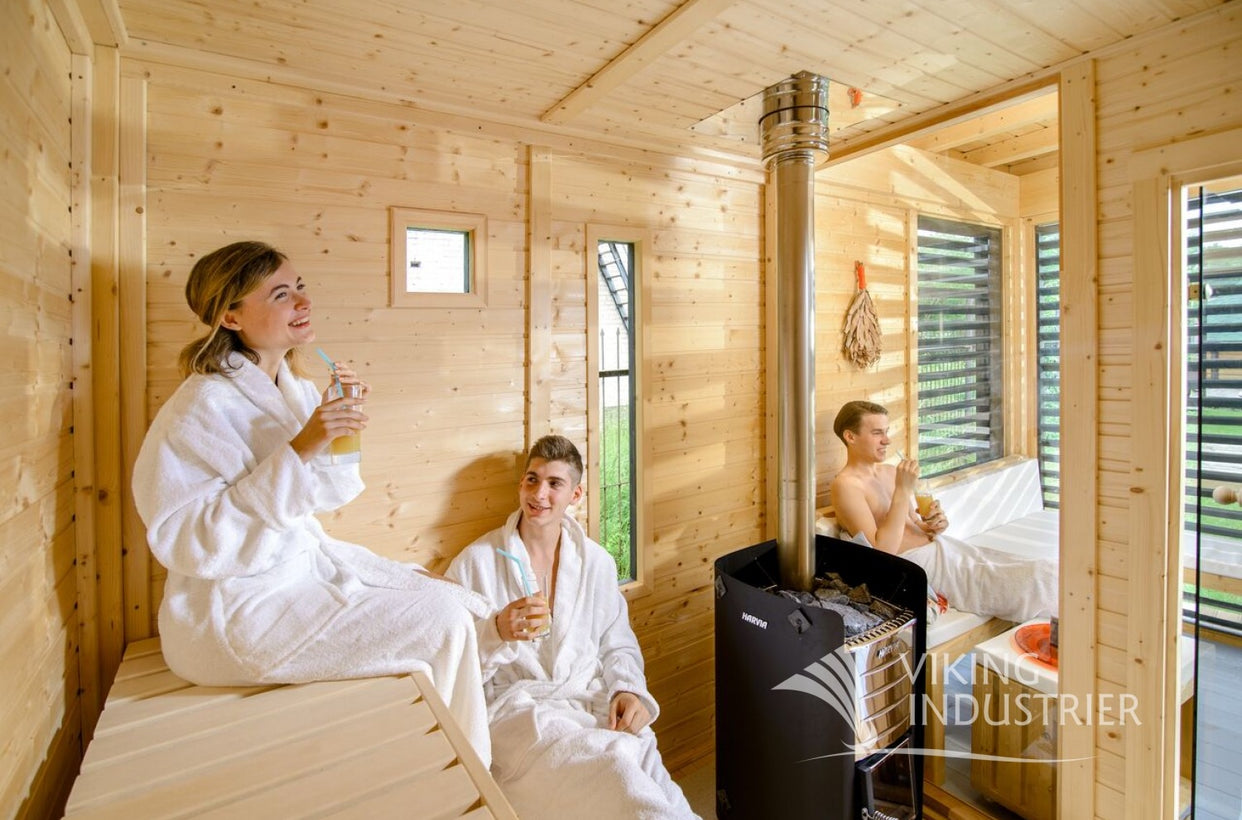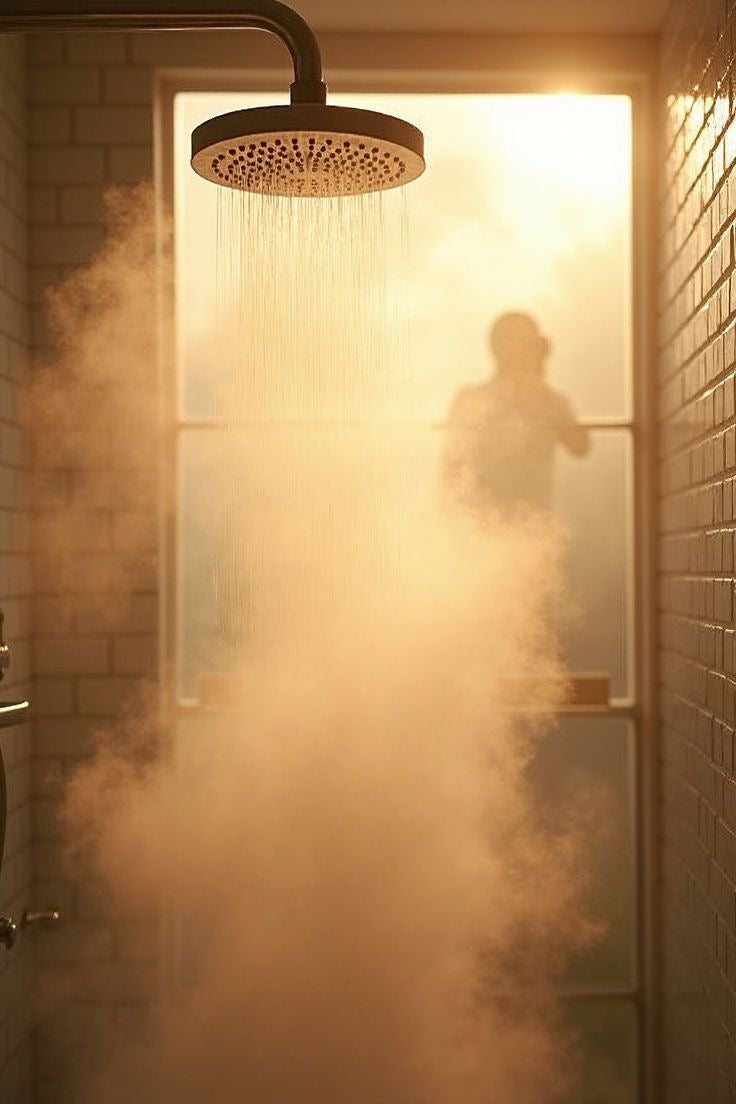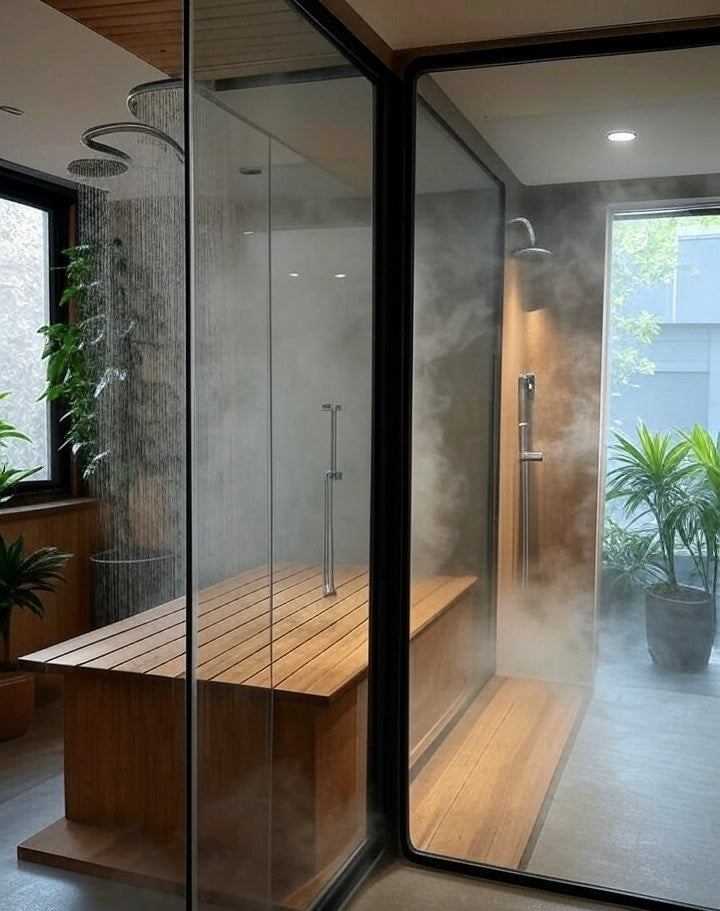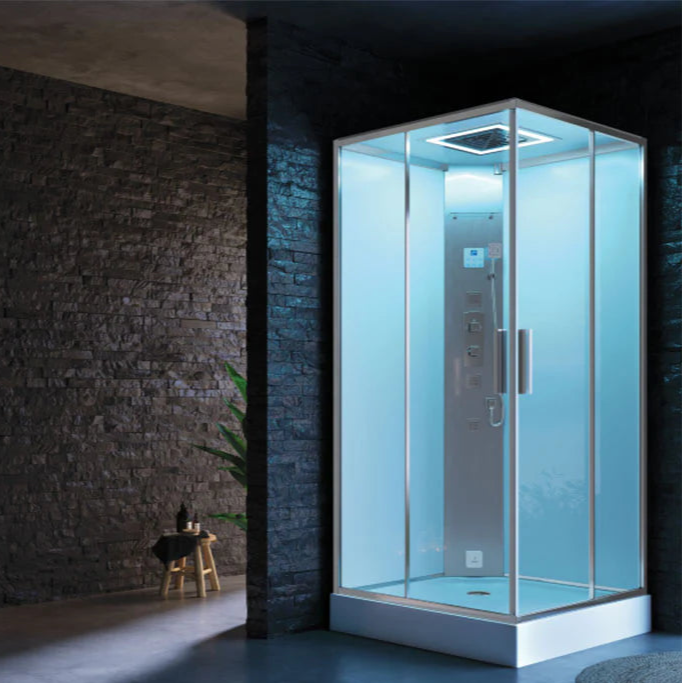Shivering after an Ice Bath? Warm up with layers, gentle movement, and warm drinks! Learn the best ways to recover after your Cold Plunge, Ice Bath Tub, or Cold Plunge Tub session to stay safe and get the full benefits without turning into an icicle!

1. Why a Proper Warm-Up is Crucial After Cold Exposure
1.1 Understanding Your Body's Response to Cold
1.1.1 Vasoconstriction and Muscle Tensing
Cold exposure causes vasoconstriction to conserve core heat.
Muscles tighten and blood flow reduces.
This reaction keeps you warm inside but needs gentle reversal.
Careful warming restores circulation safely.
1.1.2 Preventing "After Drop"
After leaving the Cold Plunge Tub, blood from cold limbs returns to the core.
This can cause your core temperature to drop further.
It’s called “after drop” and feels colder after you’re out.
Gradual warming helps avoid this.
1.1.3 Maximising the Benefits of Your Ice Bath
A proper warm-up protects against shock.
It maintains the benefits of reduced inflammation and better circulation.
Balanced recovery prevents unnecessary stress.
2. Immediate Steps for Safe and Effective Warming
2.1 Dry Off and Dress Strategically
2.1.1 The Importance of Immediate Drying
Pat dry thoroughly right after exiting.
Remove wet clothing quickly to stop heat loss.
It’s a simple, crucial safety step.
2.1.2 Choosing Warm, Layered Clothing
Layering traps body heat effectively.
Use wool or thermal materials for insulation.
Cover extremities with hats, gloves, and socks for best results.
2.2 Internal Warming through Nutrition and Hydration
2.2.1 Sip on Warm Beverages (e.g., herbal teas, low-caffeine options)
Warm drinks raise your core temperature from inside.
Herbal teas or low-caffeine options work well.
Avoid too much caffeine, which can dehydrate you.
2.2.2 Fueling Your Body with Recovery-Friendly Snacks (e.g., protein, fats)
Eating helps your body recover.
Protein and healthy fats support energy and muscle repair.
Try nuts, yoghurt, or balanced meals.
2.3 Gentle Movement for Thermoregulation
2.3.1 Low-Intensity Exercises to Boost Circulation (e.g., Walking, Light Stretching, Horse Stance, Yoga)
Movement stimulates blood flow gently.
Walking or yoga helps you warm up naturally.
Try horse stance or light stretching for gradual heat.
2.3.2 The Role of Breathwork and Deep Breathing
Deep breathing calms your body.
It aids circulation and manages cold stress.
Breathwork also promotes relaxation after your plunge.
3. What to Avoid and Advanced Considerations

3.1 The Dangers of Rapid Reheating
3.1.1 Why Hot Showers and Saunas Should Wait
Jumping into a hot shower can shock your system.
Sudden temperature changes strain circulation.
It’s better to warm up slowly first.
3.1.2 Gradual Temperature Acclimation
Take your time adjusting.
Layer clothes rather than using intense heat.
This protects your cardiovascular system.
3.2 Listening to Your Body and Adapting Your Routine
3.2.1 Embracing Natural Shivering (and knowing when to add more warmth)
Mild shivering is normal—it generates body heat.
If shivering is intense or you feel numb, add layers quickly.
Balance letting your body work with safe warming.
3.2.2 Incorporating Contrast Therapy (with caution and proper timing)
Alternating cold and warm boosts circulation.
Wait until you’re stable before trying contrast therapy.
Use it thoughtfully for best results.
3.3 Importance of Rest and Relaxation
After your Cold Plunge, give yourself time to rest.
Calm breathing and relaxation help recovery.
Even a short nap enhances the benefits of your session.
Conclusion
Warming up after an Ice Bath is essential.
Dry off, layer up, sip warm drinks, and move gently to stay safe.
Takeaways: Be gradual, listen to your body, and make your Cold Plunge recovery a mindful, enjoyable part of your routine.






